Looking for a bodyweight pull workout that will help you get strong and sculpted back muscles? Look no further! In this blog post, we will discuss the best bodyweight pull workout that is simple, efficient, and effective. This workout can be done at home with minimal equipment, and it is great for experienced athletes training with a SPLIT routine..
- What are pull exercises
- The list of pull-up muscles
- Pulling vs pushing exercises
- How to implement pulling workout routine
- Brief on Full-body vs Split Workout
- Advantages & Disadvantages
- Which one should you choose
- 6 Best bodyweight pulling exercises
- Best bodyweight pull workout
- Frequently Asked Question
Let’s get started!
Pull-up Basics: How to do a perfect pull-up and what mistakes to avoid
Before you dive let’s talk about the basics:
- The Perfect Pull-Up Technique Demystified: Get ready to master the art of pull-ups, complete with insider secrets that will make you feel like a pull-up ninja. Trust me; you’ll be swingin’ like Spider-Man in no time.
-
- Pull-Up Blunders: 6 Common Mistakes: We’re going to dissect those funny (and not-so-funny) moments that might be holding you back from pull-up glory. Spoiler alert: you’re not alone in these blunders!
⚡️What are pull exercises?
Generally, upper-body strengthening and muscle-building resistance exercises can be categorized into two: pushing and pulling exercises.
As the name suggests, pushing exercises involve movements, where you push the body weight away from a fixed point while pulling exercises, involve movements where you pull your body weight toward the fixed point.
This is a common categorization also in weightlifting. But instead of using the body weight, you use external weights such as dumbbells and barbells.
Some common pushing exercises include the bench press, overhead press, and triceps extensions. On the other hand, common pulling exercises include lat pulldowns, bicep curls, and rows.
Pulling exercises begin with a concentric phase or the shortening of the muscle fibers. This phase moves two points of the muscles closer to each other. Think of your biceps flexing and getting bigger when doing a bicep curl or a chin-up.
Contrary to pushing exercises, these begin with an eccentric phase or when muscle fibers lengthen. A good example is when your tricep fibers lengthen when going down in the push-ups.
But both types of exercise have both concentric and eccentric phases. It’s just that the starting points are different.
💪What are the pulling muscles?
Because of the similar biomechanics, the pulling motion often hits similar muscle groups and this is the posterior chain (rear). These are the following in a summary:
- Lattisumus Dorsi
- Biceps
- Rotator cuffs
- Rhomboids
- Posterior deltoids
- Erector spinae
- Trapezius
You’ll notice that the pulling muscles primarily comprise of back muscles plus the biceps which are technically part of the anterior chain (front).
The back muscles are some of the biggest and strongest muscles in the body, so when you train them effectively, you’ll not only see results in terms of strength and muscle mass but also in terms of posture and overall body composition.
Let’s understand each of the back muscle’s functions so you can understand their role in the pulling mechanics.
👊Lattisimus Dorsi
Most commonly known as the lats, this muscle group is the largest in the upper body. It’s a fan-shaped muscle that starts from the lower back and extends all the way to the armpits. The lats are responsible for several functions, but in terms of pull exercises, they’re primarily responsible for bringing the arms down and back.
👊Biceps
The biceps is a two-headed muscle that runs along the front of the arm. While they’re often associated with bodybuilding and “beach muscles,” they play an important role in pulling exercises as well. The biceps are primarily responsible for bringing the arms up and in (as in a bicep curl).
👊Rotator Cuffs
The rotator cuffs are a group of four muscles and tendons that attach the shoulder blade to the upper arm. These muscles are responsible for stabilizing the shoulder joint and helping to lift the arm.
👊Rhomboids
The rhomboids are a pair of muscles located in the upper back, between the shoulder blades. These muscles help to stabilize the shoulder blades and pull them together.
👊Posterior Deltoids
The posterior deltoids are the back portion of the shoulder muscles. These muscles attach the upper arm to the back and help to lift the arm up and out to the side.
👊Erector Spinae
The erector spinae is a group of muscles that runs along the spine from the base of the neck to the lower back. These muscles are responsible for keeping the spine upright and stable.
👊Trapezius
The trapezius is a large, triangular muscle that extends from the base of the neck to the middle of the back. The trapezius is responsible for moving, stabilizing, and supporting the shoulder blades.
While there are other muscles that could be considered part of the “pulling” muscle group (especially in the lower body: glues & hamstrings), these are the most important in terms of pull exercises for the upper body. Now that we’ve covered the muscles, let’s take a look at the importance of performing both pulling and pushing exercises.
💥Why is it important to do both push and pull exercises?
If you’ll notice, many people can do push-ups (even with perfect form!), but struggle to do even one clean chin-up. In addition, 2013 research on active adults shows that people tend to be stronger in pushing than in pulling.
When you think about it, our daily movements tend to have more push than pull such as pushing a door. Pushing a grocery cart. Pushing a piece of furniture. These simple movements tend to build our pushing strength over time. However, both motions are equally important.
Well-rounded strength training includes a mix of both pushing and pulling exercises. Doing both types of exercises helps to ensure that your muscles are evenly balanced and strong, which can help prevent injuries and 📍muscle imbalances. Having a weak back can wreak havoc on your posture which develops into muscle pain.
In addition, training your muscles in different ways can help to keep your workouts interesting and prevent boredom. If you’re always doing the same exercises, you’re likely to get bored and eventually give up on your workout routine altogether.
So, now that we’ve discussed the importance of balance, let’s focus on the benefits of a bodyweight pull workout.
🏆What are some benefits of bodyweight pull workouts?
Bodyweight pull workouts have a number of benefits, including:
- It can be done anywhere, anytime – no equipment or gym membership is required!
- Great for all fitness levels – from beginners to experienced athletes but suits more the advanced for breaking plateaus.
- They help to build strength and muscle definition in the upper body, including the back, shoulders, and arms.
- Promotes balance for usually stronger pushing muscles.
- Improves posture
- Reduces risk of injuries
- Alleviates and prevents aches and pains from weakness and immobility
⚡️Fullbody workout vs Split workout
When performing a calisthenics pull-workout, you need to keep in mind that you can only implement pull workouts if you’re following a split routine.
What does this mean?
Split workouts are a popular training routine for intermediate to advanced athletes. Within a training week, your training sessions are “split” into different categories.
Split sessions can be done:
- Per muscle group (Monday: chest, Tuesday: back, Wednesday: Legs, etc.)
- Upper body/ lower body
- Push/ pull/ legs
If you’re interested in following a pull workout, then the viable option would be the push/pull/legs split because following a different training format can lead to muscle imbalance if you’re adding too much to your pull sessions. For example, if you’re training with an upper/lower split, you will get your pulling muscles stimulated in an upper body session. Adding a separate pull session will be too much.
Another way NOT to add a pull workout is by following a full-body workout routine. A full-body workout, as the name suggests, trains the entire body, upper and lower, in a single session.
Let’s briefly cover these training routines so you can check which training routine type will work best for your goals, skill level, & lifestyle.
However, if you want a more extensive explanation of this topic, check out this article: 📍FULL vs SPLIT: Which one is for you and which one is a waste of time
🤜Fullbody workout Advantages
Lower training frequency required
Since you will be training the full body, you will get exhausted drastically and hit the entire major muscle groups. It’s recommended to get at least 24 – 48 hours of rest in between training sessions per muscle group if training at a high intensity.
For full-body training, 2-3 workouts will suffice.
Holistic development
Full body training covers all muscle groups so all crucial factors are covered. Usually, muscle-building and strength are the primary goals of full-body workouts.
Suitable for beginners
Because of the fewer training session, you need per week and the holistic approach to training, full-body workouts are best for beginners. This is a great option while they are still building their training capacity for higher workout volumes.
Naturally, full-body workouts can also be good for advanced athletes granted that they stay progressive with their training.
Read: 📍Progressive Calisthenics
🤜Fullbody workout disadvantages
Naturally, there are some disadvantages when it comes to full-body workouts
Longer training sessions
There are more exercises needed to perform per day compared to splitting the workout. As a result, sessions most likely last longer from 1 to 1.5 hours. Still not that long, but you have to have the patients with this training routine.
Training intensity is spread out
Since you’ll be training the entire body, you won’t have the energy to go at a higher intensity and higher volume on every set. This is a crucial factor if your goal is to build muscle size since you need to stimulate muscle growth with your body weight.
🤜Split workout Advantages
Can work more for muscle building for trained athletes
A recent study was conducted on the effects of split vs full body workouts on trained athletes. The experts concluded that higher volume and frequency training through split routines offer better muscle-building potential. However, both options are still good for increasing lean mass and strength, especially for beginners.
More enjoyable for those looking for a higher training frequency
Especially for more experienced athletes, some people tend to enjoy more workout sessions per week. It’s really a matter of preference.
In each session, certain muscle groups are targeted. You can still work out the next day since you will be working on an opposing muscle group or the lower body.
Shorter workout sessions
The fewer muscle groups you need to hit, the shorter the training session you need. Usually, you will only need 30-45 minutes of training sessions. But this will still depend on your workout structure.
🤜Split workout disadvantages
More difficult to catch up on a missed session
When you miss a workout session repeatedly, it can be detrimental to your development. It’s easy to develop imbalances since each session is different from the next unlike the setup from a full-body workout.
Difficult to stay consistent
Because of the higher training frequency, it can be difficult to sustain. Even though the workout sessions are relatively shorter, the continuous sessions can be too taxing for some.
🎯Which one should you choose: full or split?
It’s really up to you. Now that you know their own advantages and disadvantages, you can decide which workout routine is better for you. Consider your goals, lifestyle, and training capacity.
If you’re interested in implementing a push/pull/ legs workout, then you can use this pull workout as part of your training routine.
For the leg workout, chest this article: 📍Calisthenics Leg Workout
✨Best Bodyweight Pull Workout
🔎What equipment do I need for a pull calisthenics workout?
For this workout, we’ll be working with some calisthenics equipment particularly:
- a pull-up bar
- a pair of gymnastics rings
⚡️Pull-up bar
How can you perform one of the best calisthenics pulling exercises if you don’t have a pull-up bar?
Well, yes you can look for alternatives such as using a towel and a door. However, it’s best to spend a few bucks to get a safe and effective workout without wrecking your door frame.
⚡️Gymnastics rings
If you’re going to purchase at least one piece of equipment, then there’s no doubt that the gymnastics rings is one of the best investments you can get for calisthenics training.
You can perform both pulling and pushing exercises with added intensity to regular calisthenics work.
6 Best Calisthenics Pull exercises
🔥Vertical pull
The pull-up is one of the best upper body exercises ever. It mainly targets the lats but it also works the biceps, rhomboid, traps, and forearms which are dominant pulling muscle groups.
You can tweak your exercise technique to emphasize certain muscle groups more such as:
- Chin-up (underhand or supinated grip) – more bicep activation
- Fully arching the upper back – rhomboid & lats
- Neutral grip – less elbow and shoulder strain, more forearm activation
- Regular pull-up grip (overhand or pronated grip) – more lat activation
- False grip – Improves muscle-up transition and forearm strength
Take note that these variations are all still optimal for developing a strong back and pulling muscles. These changes in technique just SHIFTS the emphasis as recent studies support this.
Choose the best grip that suits your goals and current condition.
Read more: 📍What Is The Best Pull-up Grip?
☝️How to perform:
- Begin in a dead hang on a bar with a grip around shoulder-width apart.
- Pull your body until your chest moves over the bar.
- Lower down with control until dead hang.
- Repeat for reps.
🎯Coaching pointers:
- Posterior pelvic tilt
- Core engaged
- Elbows tucked close to the body
- Controlled movements
- Imagine driving the elbows towards the hips
- Retract and depress the scapula as soon as you begin the pull
- Chin over the bar is the minimum but you can go higher
- You can also perform on rings for better shoulder movement
✊How to change intensity:
- Use resistance bands
- Add weights
- Unilateral work
- 📍One-arm pull-up progression
- Slower eccentric
- Adding pauses
🔥Horizontal pull
For the horizontal pulling work, the best exercise goes to the inverted row or arm pulls. This exercise seems like a beginner move and is often used as the introductory exercise for pull-ups, but because of the easy scalability of these rows, you can keep benefiting from this exercise even if you’re advanced.
Horizontal pulling exercise also hits the lats and biceps but generally places more emphasis on the rhomboid and traps. Performing rows in conjunction with pull-ups boosts your pull gains through added training volume.
Similar to pull-ups, rows can be performed on a straight bar or rings. However, we prefer rows on rings since it’s easier to adjust the intensity by moving the ring height.
☝️How to perform:
- Begin in a horizontal dead hang on a bar or rings with a grip around shoulder-width apart.
- Extend your legs forward.
- Pull your body until your hands are close to your chest.
- Lower down with control.
- Repeat for reps.
🎯Coaching pointers:
- Posterior pelvic tilt
- Core engaged
- Elbows tucked close to the body
- Imagine driving the elbows towards the hips
- Retract and depress the scapula as soon as you begin the pull
- Hips extended
✊How to change intensity:
- Use resistance bands
- Add weights
- Unilateral work
- Bent legs or straight legs
- Feet elevated
- Change incline angle
🔥Back plank
Back plank is excellent for developing endurance, strength, and mobility. This exercise puts emphasis on the traps and rhomboid and erector spinae, but it also hits the glutes and hamstrings. It also develops shoulder mobility for a better range of motion.
☝️How to perform:
- Begin by sitting on the floor with your hands planted just behind your body and legs extended.
- Push your arms down to the ground.
- Push your hips upward.
- Hold the position for a specified time.
🎯Coaching pointers:
- Posterior pelvic tilt
- Core engaged
- Retract and depress your shoulder blades
- Hands shoulder-width apart
- Legs together
- Full-body tension
- Proud chest
✊How to change intensity:
- Bent legs
- Perform reps of moving in and out of position
- Lean backward
🔥Face pull
Improving your rotator cuffs and rear deltoids is crucial for building high pulling strength and general shoulder health. Face pull is an underrated exercise that targets these muscle groups. It also targets well the middle traps and rhomboids.
We prefer doing face pulls on gymnastics rings for easier changes in intensity similar to rows but you can also perform them with resistance bands or even with weights or a cable machine.
For this exercise, you’d want to perform it with low to moderate intensity with higher volume. In the ring variation, it means performing face pulls with a more vertical body position in the beginning.
Learn more about how to build stronger & bigger rear delts here: 📍5 Best Calisthenics Exercises for Rear Delts
☝️How to perform:
- Set up the rings that will suit your skill level.
- Hold the ring and begin in a horizontal dead hang with straight arms.
- Pull your elbows sideward so that they are aligned with your shoulders.
- Brief pause with full scapula retraction.
- Lower down with control.
- Repeat for reps.
🎯Coaching pointers:
- As you grow stronger and build mobility, you can pull until your elbows move past your shoulders
- Arms bent at a 90-degree angle during the max pull
- False grip
- Full scapula retraction and shoulder depression
- Posterior pelvic tilt
- Hips extended
✊How to change intensity:
- Bent legs or straight legs
- Feet elevated
- Change in incline angle
🔥Bodyweight bicep row
If you want to build bigger biceps, then the bodyweight bicep curl is the perfect bodyweight exercise for you. This exercise hits both the long and short heads of your bicep muscles. The exercise motion follows similar to the rows but with two distinctions:
- The grip is supinated/underhand to activate the biceps better.
- The hands pull towards the face to minimize the activation of the lats.
Like rows, it’s better to perform this exercise on rings for the convenience of changing the intensity. The higher volume also works better for this exercise since you will be targeting a smaller muscle group in “isolation”.
For a more bicep-focused workout, check this out: 📍The Best Bodyweight Workout to Grow Your Biceps
☝️How to perform:
- Set the proper ring height.
- Begin in a horizontal dead hang with extended legs.
- With a supinated/underhand grip, pull your body upwards towards the rings.
- Pause at the top position with maximum bicep contraction.
- Lower down with control.
- Repeat for reps.
🎯Coaching pointers:
- Posterior pelvic tilt
- Core engaged
- Retract and depress your shoulder blades
- Hands shoulder-width apart
- Legs together
- Full-body tension
- Proud chest
- Elbows close to the body
- Hands going towards the face when pulling
- Slow and controlled movement
✊How to change intensity:
- Use resistance bands
- Add weights
- Unilateral work
- Bent legs or straight legs
- Feet elevated
- Change incline angle
🔥Reverse hyperextension
The final exercise we’re going to cover will focus on the lower back muscles, particularly the erector spinae which helps us maintain a strong and healthy posture. This exercise trains the lower back for size, strength, and mobility which also means it will help you get rid of lower back pains caused by weaknesses.
In addition, if you’re aiming to learn the planche, this exercise covers the lower body aspect including the legs. Once you get proficient with this exercise, then you can tick off one requirement from the planche list.
Read more on planche here: 📍The Ultimate Guide to Planche
☝️How to perform:
- Position yourself on an elevated surface with your hips off the edge of the surface.
- Extend your legs and hips so that it’s aligned with your upper body.
- Brief pause at the top position.
- Repeat for reps.
🎯Coaching pointers:
- You can arch your lower back or perform with a posterior pelvic tilt (the latter transfer better to planche)
- Legs full tension
- Hold unto the surface
- Make sure that the surface can handle your weight safely
✊How to change intensity:
- Change body position: Tuck > straddle > pike
- Hold the extended position for a longer time
✨Bodyweight Pull Workout Protocols
Key reminder:
-
- Do proper warm-ups – 📍Ultimate Calisthenics Warm-up Guide
- Use the suitable progression for your skill level
- Choose the progression to meet these rep range and the number of sets
- Follow good form & technique
- Breath properly
- 2-3 times per week along with Push & Leg workouts
Main workout
| Exercise | Sets | Reps | Rest |
| Vertical pull | 3- 4 | 6-12 | 3 mins |
| Horizontal pull | 3-4 | 12-25 | 2 mins |
| Back plank | 3 | 15-30 | 90 secs |
| Face pulls | 3 | 8-15 | 90 secs |
| Bodyweight bicep curls | 3 | 12-25 | 90 secs |
| Reverse hyperextensions | 3 | 8-15 | 90 secs |
🧐Frequently Asked Questions:
🔎Can this calisthenics pull workout build muscle?
YES! Without a doubt, bodyweight training can absolutely build muscle. In fact, bodyweight exercises are some of the best exercises for building muscle because they allow you to use a full range of motion and target multiple muscle groups simultaneously.
To build muscle with calisthenics (or even with weight training or other modalities), you need to incorporate these three crucial steps:
- Train with progressive overload – each session getting harder over time
- Eat correctly – with a caloric surplus, high protein, and sufficient macro & micronutrients
- Get enough rest – with high-quality sleep & stress management
Lack just one of these three factors, then even if you’re training with the best program ever, you will never gain muscle.
Just keep it simple. Follow the workout above and the other two factors (nutrition & recovery) dialed in.
Learn more here: 📍How to Build Muscle with Bodyweight Only
🔎How do you do pull-day without weights?
With proper use of exercise progressions, variety, and adjustment of good training protocols, you don’t need weights to get a good pull day.
Although weights aren’t required, it’s ideal to get some equipment as mentioned above.
🔎Can I do this workout every day?
Unfortunately, you cannot do this workout every day. Doing so will not give you enough time for your back muscles to recover. Instead, leave at least one day for recovery. You can either train your push day, legs, or mobility training or get a full rest day.
Experts Yang and colleagues conducted a study on 2-3 consecutive training days vs non-consecutive training days per week. While results show that you can gain strength and muscle efficiently with both approaches with no repercussions if training volume and intensity are adequate. However, the workout conducted in the study were not all pull workouts.
If you’re going to train your pull days, use this workout around 2-3 times per week without having consecutive pull sessions.
Conclusion
The bodyweight pull workout is a great way to build strength and muscle without the use of weights. This type of workout is best for more experienced athletes who want to implement a push/pull/leg split with their calisthenics training.
If you can’t do some of the exercises even in their basic form, then it just means that you need to work on your bodyweight fundamentals.
The best way to train your basics is through personalized training that offers guidance to your SPECIFIC needs and goals.


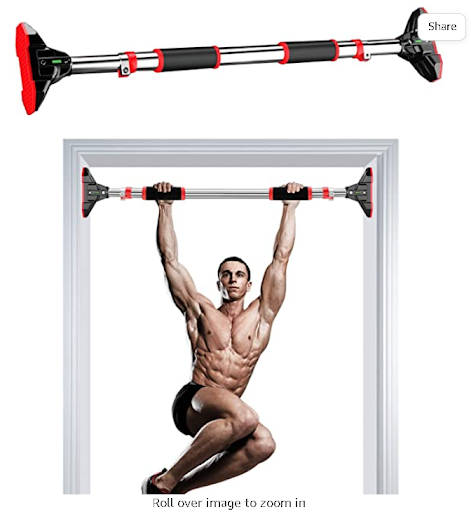
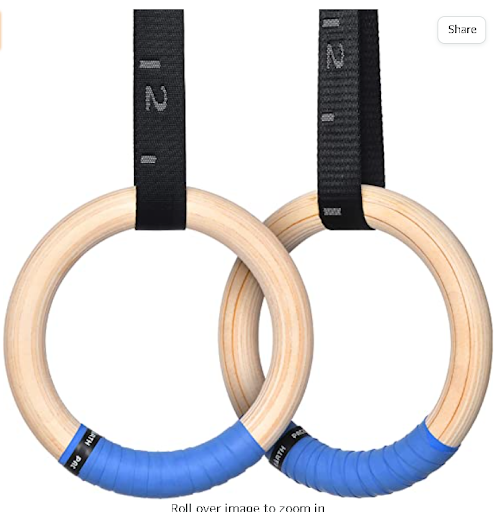
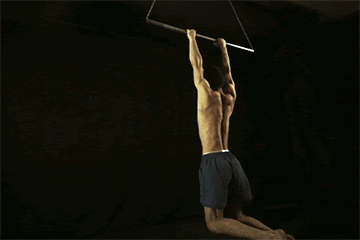
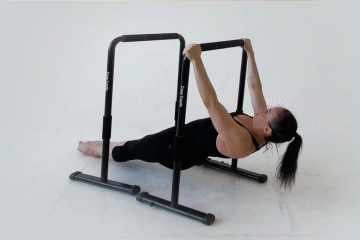
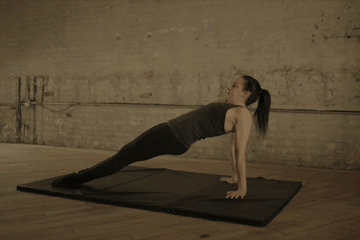
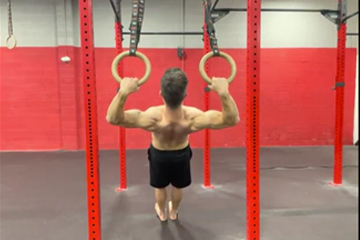
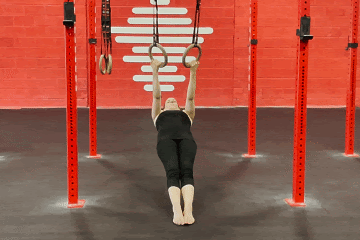
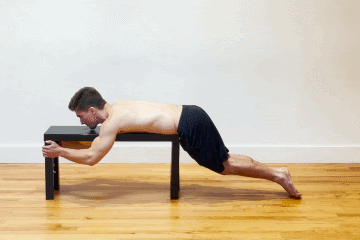

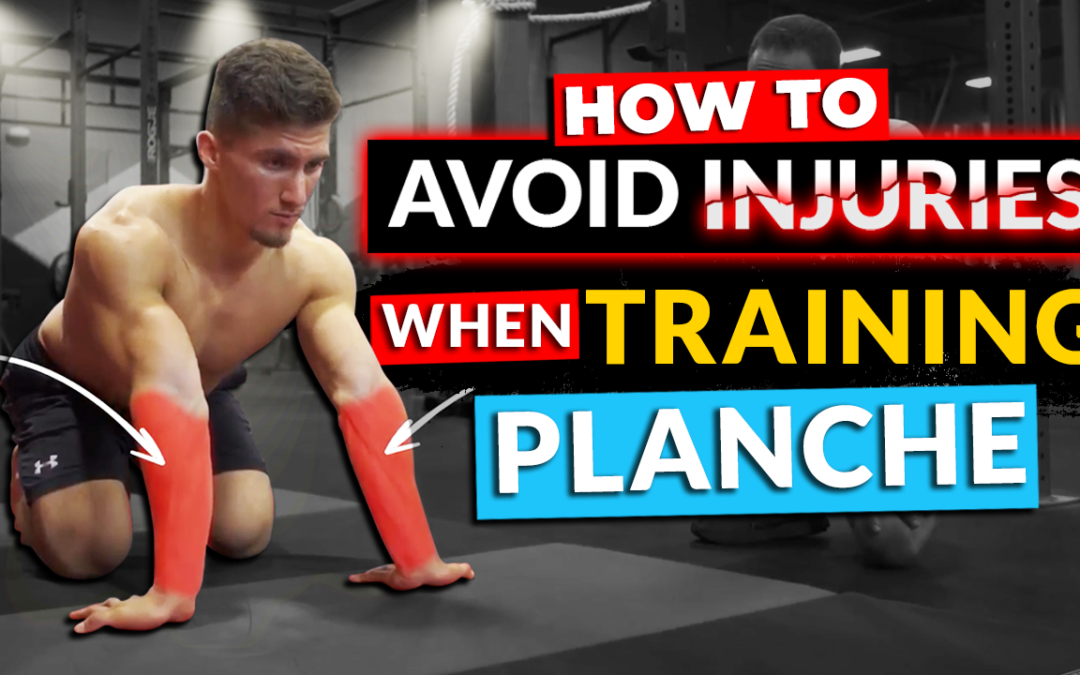
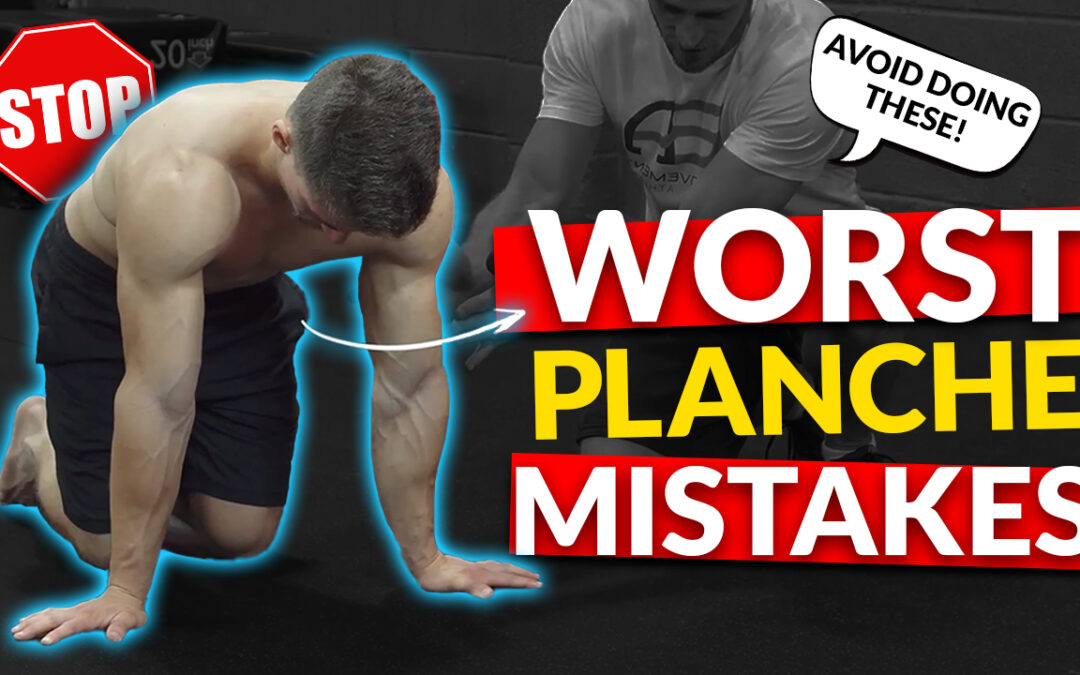


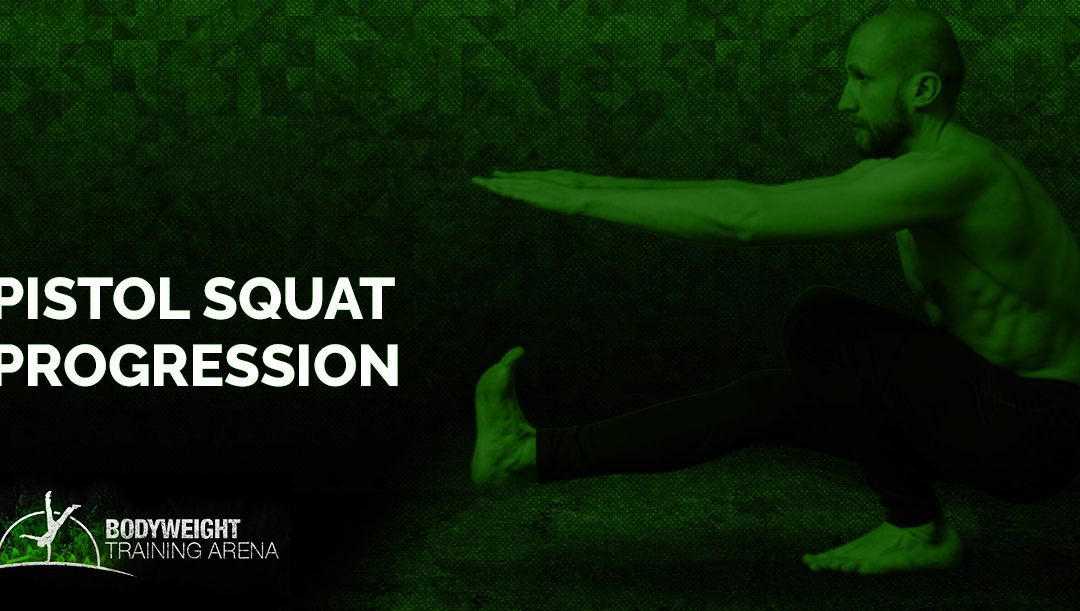

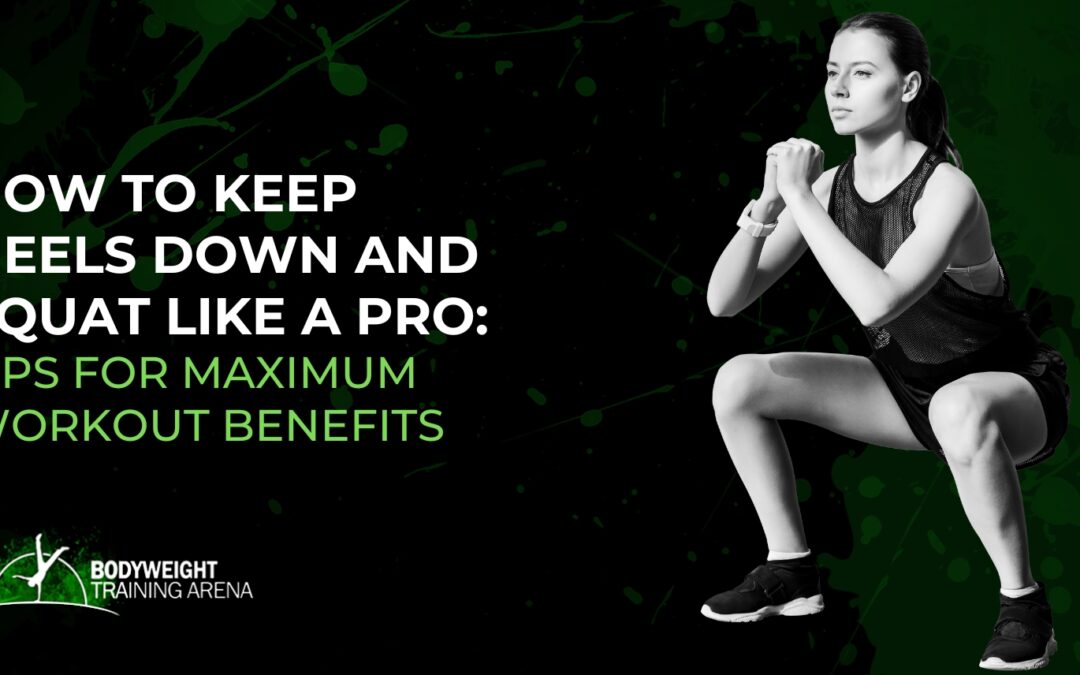

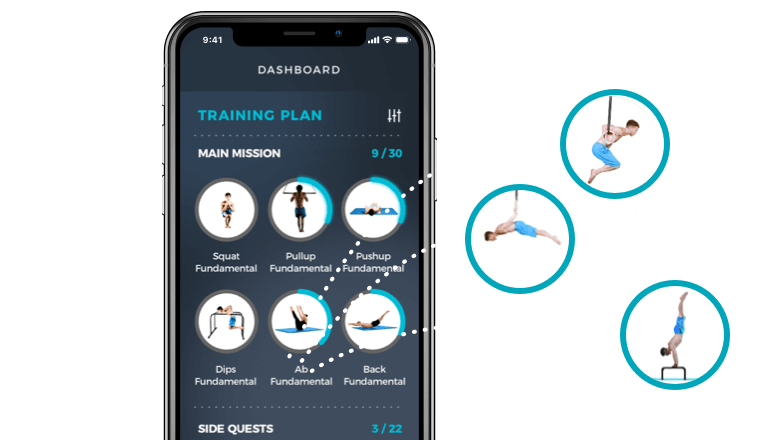
0 Comments